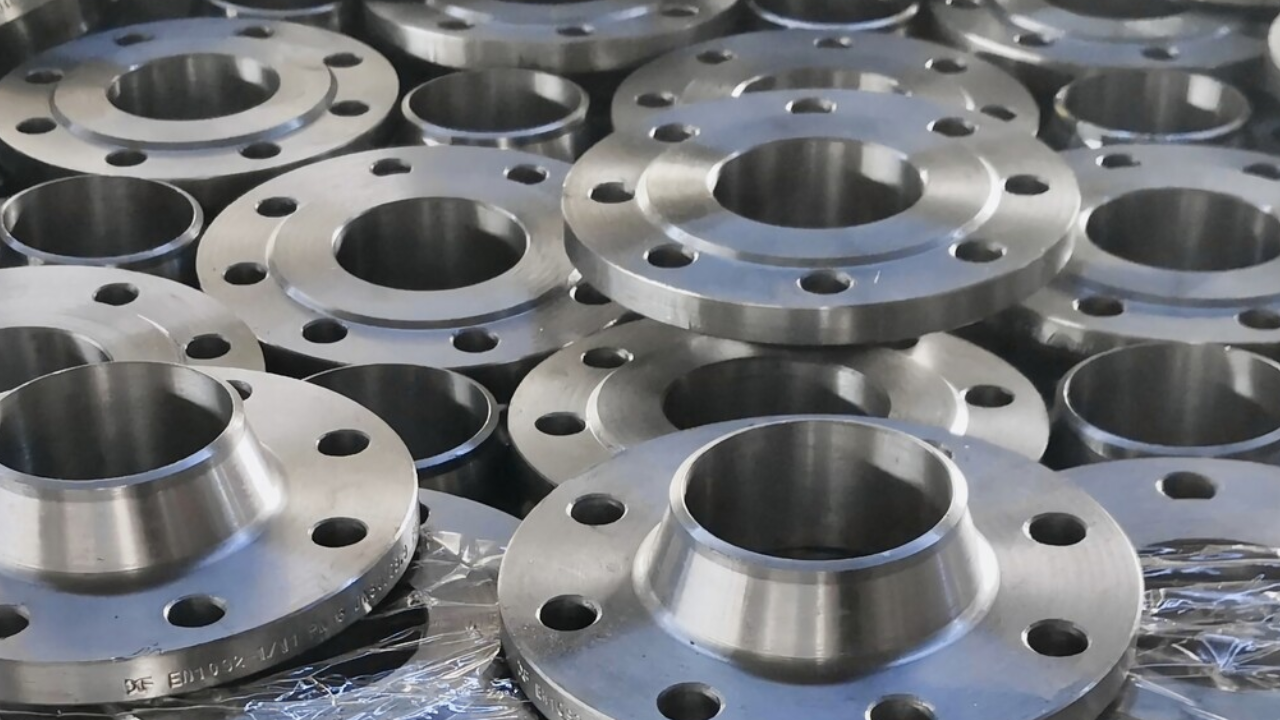The criteria for flange classification are essential for the seamless functioning, reliability, and safety of piping systems in diverse industrial applications. Flanges serve as vital connectors, enabling the assembly and disassembly of pipes, valves, and other components. The classification of flanges involves a meticulous consideration of various factors.
This classification process is indispensable due to the diverse operational conditions. For further information, go now immediately. Standardizing flanges according to certain criteria ensures uniformity, interoperability, and compliance with international norms and laws. The categorization criteria address the specific requirements of various systems, assisting engineers and designers in selecting the best flanges for optimal performance.
Key Consideration Factors for the Classification of Flanges in Piping Systems
Flanges are essential for pipeline systems because they act as connectors, allowing pipes, valves, and other equipment to be assembled and disassembled smoothly. Flange classification is a thorough process that considers several critical variables to assure the piping system's overall compatibility, reliability, and safety. In this article, we will look at some key criteria influencing flange categorization.
● Pressure-Temperature Ratings
Pressure-temperature ratings are important concerns for classifying flanges. Different applications and industries operate in different pressure and temperature environments. Flanges are classified as 150, 300, and 600 depending on their capacity to sustain particular pressure levels at various temperature ranges. This classification ensures that flanges are chosen and used correctly, reducing failures and assuring the safety of the piping system.
● Material Compatibility
A flange's material of construction is an important factor to consider. Carbon steel, stainless steel, alloy steel, and exotic alloys are all possible materials for flanges. Material-based flange classification considers aspects such as corrosion resistance, temperature resistance, and compatibility with the fluid or gas being conveyed. This guarantees that the material chosen fulfills the application's unique requirements, hence increasing the piping system's longevity and reliability.
● Flange Type
Different flanges serve specific functions in pipe systems. Flanges are classified as welding neck, slip-on, socket weld, lap joint, threaded, and blind flanges. Each category has distinct qualities and applications. Welding neck flanges, for example, provide strength and support in high-pressure situations, whereas slip-on flanges allow for easy installation and disassembly. Classification aids engineers and designers in selecting the best flange type for optimal performance.
● Facing Types
Facing types play an important role in flange categorization, as they influence sealing efficiency. Considerations include the flat face (FF), raised face (RF), and ring-type joint (RTJ). Each face type has an impact on gasket compatibility and the capacity to generate a tight seal. Proper classification based on facing types ensures proper flange and gasket coupling, which improves sealing performance and contributes to overall pipe system durability.
● Size and Dimensional Standards
Flange categorization is heavily reliant on size and dimensional criteria. The nominal pipe sizes (NPS), nominal diameter (DN), and nominal bore (NB) are standardized to ensure compatibility and interchangeability. Proper consideration of these parameters during categorization allows for smooth fitting, alignment, and maintenance of flanges within pipe systems, speeding installation and improving overall system reliability.
● Gasket Compatibility
Gasket compatibility is an important factor in the classification of flanges. The choice of facing types, such as the flat face (FF), raised face (RF), and ring-type joint (RTJ), has a direct impact on gasket selection. Properly classified flanges ensure compatibility between facing types and gaskets, enabling effective sealing and preventing leaks. This element is critical for piping systems' integrity and reliability across a wide range of industrial applications.
● Ease of Maintenance and Repair
The ease of maintenance and repair is an important consideration in the classification of flanges. Flanges that have been properly classified provide information on size, facing type, and material, which makes it easier to find replacement components. This allows for more effective maintenance and repair processes, decreasing downtime and ensuring the reliability of piping systems. Considerations for simplicity of maintenance improve the system's overall operational efficiency and lifetime.
Conclusion
Flange categorization requires rigorous consideration of pressure-temperature ratings, face kinds, material compatibility, flange types, size and dimensional standards, international laws, gasket compatibility, application-specific considerations, and interchangeability. By considering these critical variables, engineers and designers may guarantee that flanges are selected and used optimally within piping systems, improving safety, dependability, and efficiency in a variety of industrial applications.


